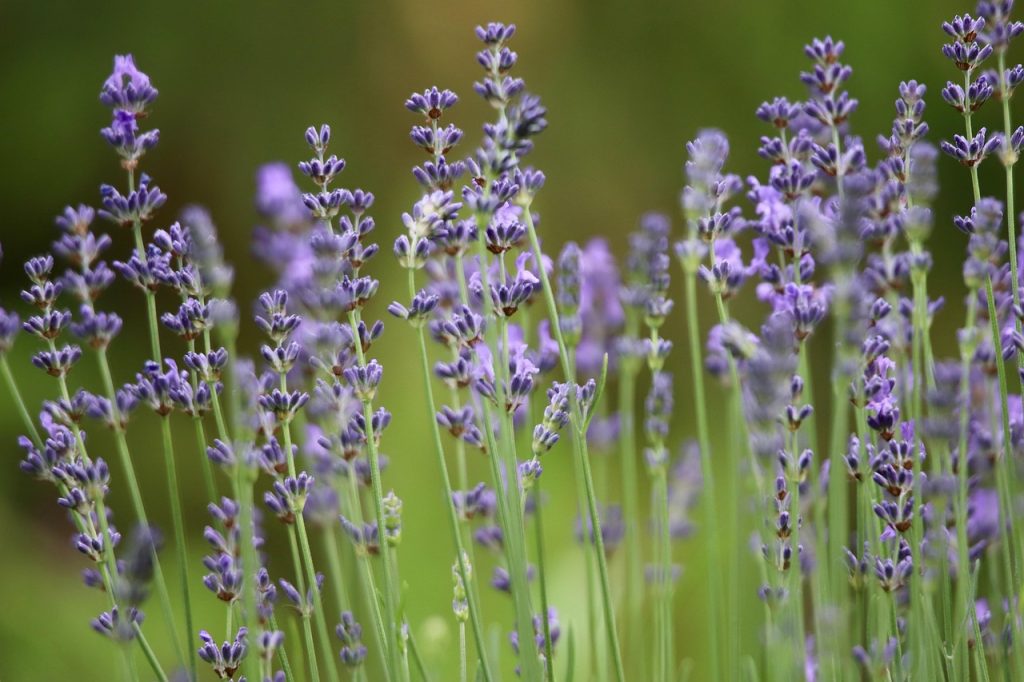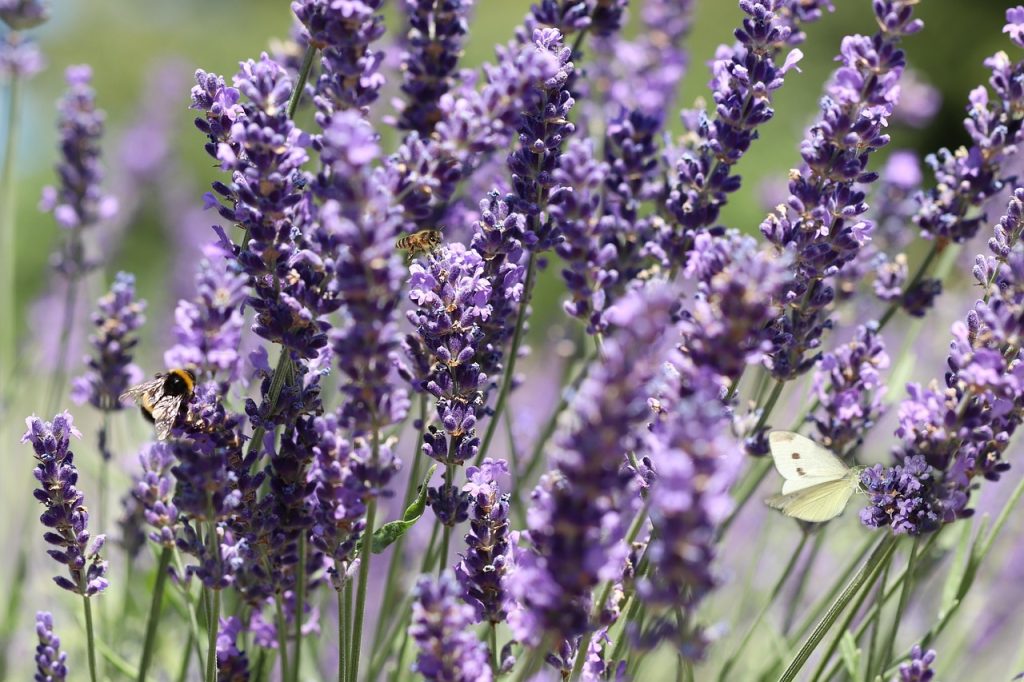Lavender, known scientifically as Lavandula, is a beloved plant celebrated for its fragrant blooms and versatile uses. Originating from the Mediterranean, this perennial herb has made its way into gardens worldwide, offering both aesthetic appeal and practical benefits. Whether you’re a seasoned gardener or a beginner, growing lavender can be a rewarding endeavor. This guide will take you through its history, varieties, growing conditions, and much more, ensuring your lavender thrives in any garden.

History and Origin of Lavender
Lavender has been cultivated for centuries, with its origins tracing back to the Mediterranean region. The ancient Egyptians used it in their mummification process, while the Romans appreciated its aromatic properties, using it in baths and for purifying the air. Over time, lavender spread across Europe and eventually the world, becoming a staple in gardens due to its hardy nature and soothing scent.
Appearance and Varieties
Lavender’s Distinctive Features
Lavender is easily recognizable by its silvery-green foliage and spikes of purple blooms. The plant typically grows between 1 to 3 feet tall, depending on the variety. Its flowers grow in dense clusters, providing a striking contrast against its muted leaves.
Popular Varieties of Lavender
- English Lavender (Lavandula angustifolia): Known for its sweet fragrance, it is the most commonly grown variety, ideal for culinary use.
- French Lavender (Lavandula stoechas): Recognized by its unique ‘rabbit ear’ petals at the top of each flower spike.
- Spanish Lavender (Lavandula dentata): Distinguished by its serrated leaves and tolerance for warmer climates.
- Lavandin (Lavandula x intermedia): A hybrid with long stems and larger flower spikes, perfect for essential oil production.
Growing Conditions for Lavender
Light Requirements
Lavender thrives in full sun, requiring at least 6 to 8 hours of direct sunlight daily. Inadequate light can lead to leggy growth and reduced bloom production.
Soil Requirements
Preferring well-drained soil, lavender can grow in sandy, rocky, or loamy soils with a neutral to slightly alkaline pH. Amending soil with gravel or sand can enhance drainage, mimicking its native Mediterranean conditions.
Watering Needs
Once established, lavender is drought-tolerant, necessitating infrequent but deep watering. Overwatering can lead to root rot, so it’s crucial to let the soil dry out between waterings.
Temperature and Humidity
Lavender prefers dry climates with good air circulation. It can tolerate a range of temperatures but thrives in areas with mild winters and warm, sunny summers.
Planting Lavender
Site Selection
Choose a site with ample sunlight and good drainage. Avoid low-lying areas where water collects, as lavender does not tolerate soggy soil.
Planting Steps
- Prepare the soil by mixing in sand or gravel to improve drainage.
- Dig a hole twice as wide as the root ball of the plant.
- Place the lavender in the hole, ensuring the crown is level with the soil surface.
- Backfill with soil, firming gently around the plant.
- Water thoroughly to settle the soil.
Propagating Lavender
Lavender can be propagated through seeds, cuttings, or layering, with cuttings being the most reliable method.
Propagating by Cuttings
- Select a healthy, non-flowering stem and cut a 3-4 inch section.
- Remove the leaves from the lower half of the cutting.
- Dip the cut end in rooting hormone to encourage growth.
- Plant the cutting in a pot filled with well-draining soil.
- Keep the soil moist and place the pot in a warm, sunny location.
- Roots should develop in 4 to 6 weeks, after which the cutting can be transplanted outdoors.

Seasonal Care for Lavender
Spring and Summer Care
- Prune in early spring to remove dead wood and encourage new growth.
- Ensure consistent watering during dry spells, allowing soil to dry out between waterings.
- Mulch with gravel to retain moisture and suppress weeds.
Fall and Winter Care
- Reduce watering as the plant enters its dormant period.
- In colder regions, cover the area with mulch or straw to protect the roots from freezing.
- Avoid cutting back too much in fall to protect the plant from harsh winter conditions.
Common Problems and Solutions
Pests and Diseases
- Root Rot: Caused by overwatering and poor drainage. Ensure soil is well-draining and allow it to dry between waterings.
- Aphids and Spittlebugs: These pests can be controlled by spraying the plant with a strong jet of water or using insecticidal soap.
- Lavender Shab: A fungal disease that causes dieback. Remove affected areas and improve air circulation around the plant.
Practical Uses of Lavender
Beyond its beauty, lavender offers numerous uses:
- Aromatherapy: Its calming scent is used in essential oils and diffusers to reduce stress and promote relaxation.
- Culinary: English lavender is used in baking, teas, and as a flavoring for dishes.
- Crafts: Dried lavender is used in sachets, potpourri, and wreaths.
- Medicinal: Known for its antiseptic and anti-inflammatory properties, lavender is included in natural remedies and skincare products.
FAQs about Lavender
Yes, lavender can be grown indoors if provided with ample sunlight and good air circulation. Choose a south-facing window or supplement with grow lights.
Prune lavender in early spring before new growth appears. Remove dead wood and shape the plant by cutting back one-third of the previous year’s growth.
Brown foliage can be a sign of overwatering or poor drainage. Ensure soil is well-draining and reduce watering frequency.
While lavender is generally safe for pets, it can cause mild gastrointestinal upset if ingested in large quantities. Always supervise pets around plants.
By following these guidelines, you’ll be well on your way to cultivating a thriving lavender garden that delights the senses and enhances your outdoor space.